The reports keep coming: tech companies average 30% female, but the percentage of women in tech-related jobs is actually much lower. Depending on who you ask, it's a pipeline problem, a workplace culture problem, or any of a whole slew of issues. One thing I know for certain is that my computer science classes at Ellis are 100% female and my students are 100% excited to be there.
So how do we pique girls’ interest in computer science? How do we show them that they can be changemakers in the technology industry? Janet Davis wrote about her experience encouraging women in computer science, and I was happy to see that the same strategies she utilizes are evident in my classroom. Below, I’m sharing Janet’s recommendations and how we are utilizing her advice in classes at Ellis.
1. “Make Computing Social”
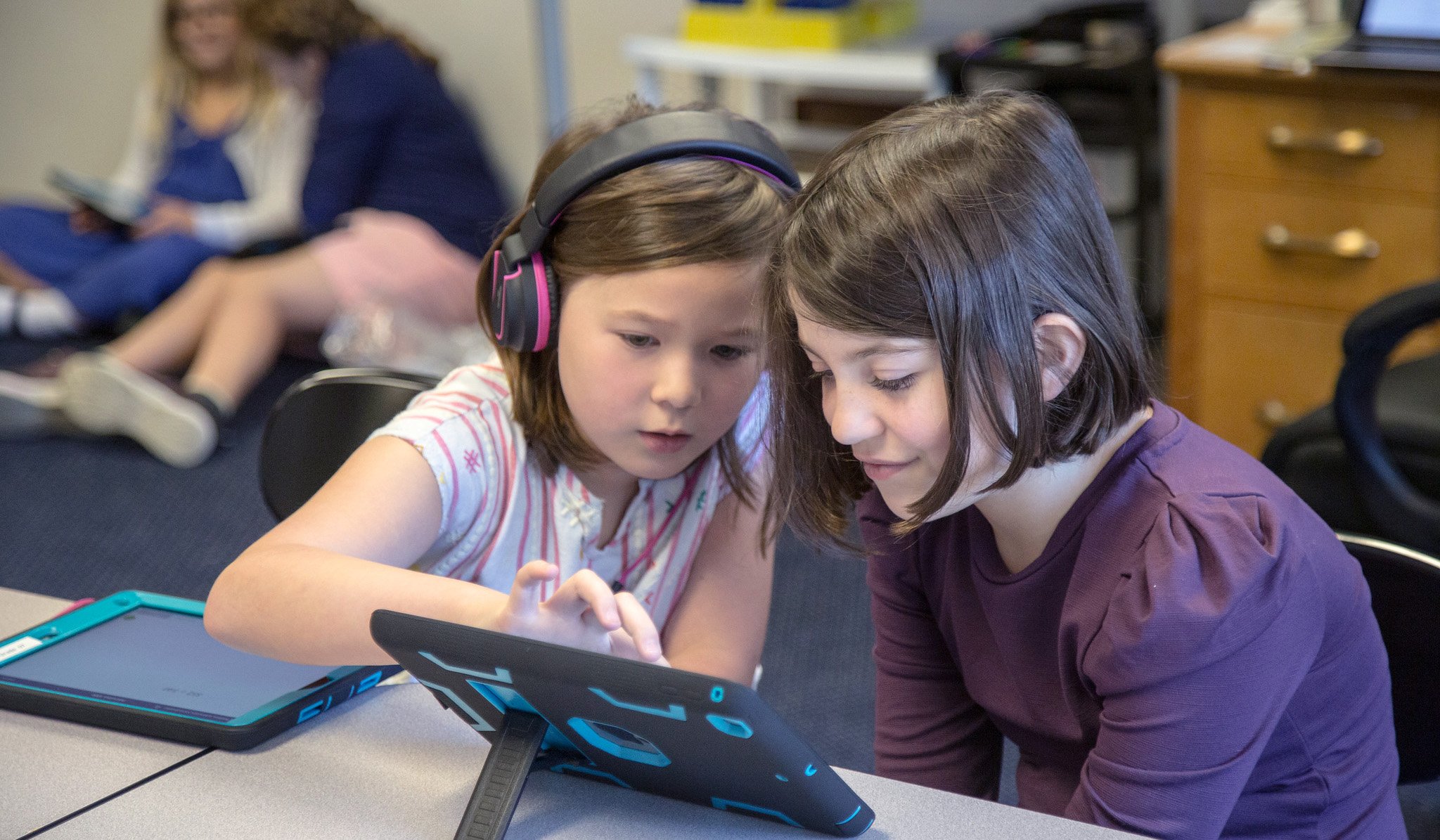
Ellis girls work as community members from the first day they set foot on campus, and their computer science classes are no different. In fifth grade, I explicitly teach the pair programming model, in which two programmers take turns at the same computer, and I observe as students continue to be the “driver” and the “navigator” in projects throughout Middle School. My classroom is designed around students moving about the room and working together. Ellis students gravitate towards projects in which they are designing for someone else; they interview the user before beginning and ask for feedback throughout the process.
2. “Bridge the Confidence Gap”
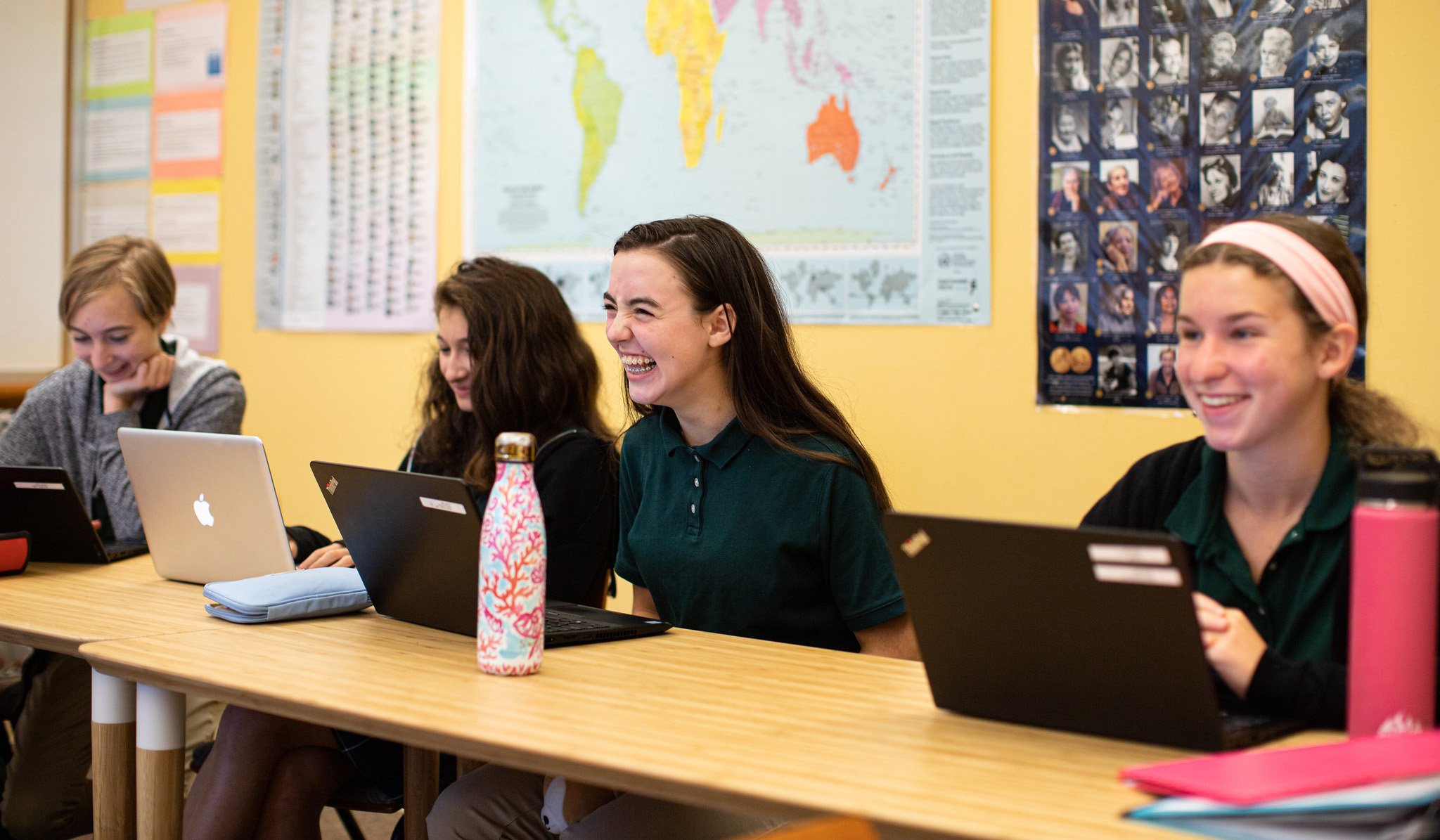
Students have the opportunity to build on what they’ve learned through our scaffolded computer science curriculum. In sixth grade, Ellis students apply their knowledge of variables and conditionals they learned in fifth grade in order to build robots. In seventh and eighth grade, they transfer what they learned in drag-and-drop programming languages to text-based languages. As they progress through our Upper School sequence, students see the same flow structures in different languages, and they build the skills needed to research and implement new libraries and functions. Throughout their assignments, students are given tiered tasks and optional extension activities. Our girls build confidence by teaching each other when they discover a new tool or participate in community outreach. In computer science, error messages allow us to outwardly embrace mistakes, discuss methods for debugging, and model the process of troubleshooting. We even keep a “wall of errors” in our collaborative classroom space so we can make a note of all the ways we learn from our failures.
3. “Welcome Late Bloomers to the Field”
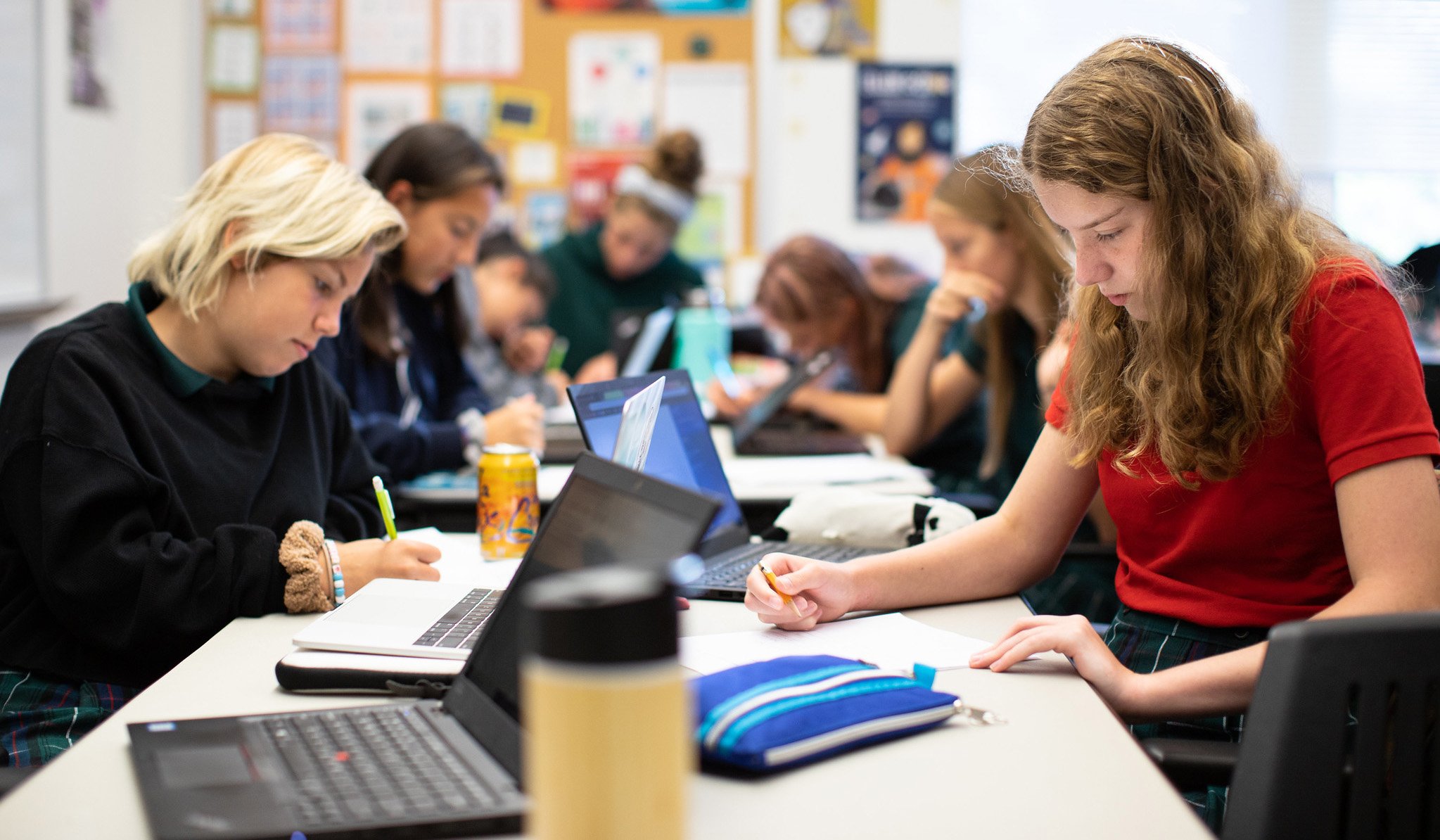
I’ve always been proud of how Ellis welcomes new students at every grade level. In Middle School, new students are usually paired with returning students to review the basics, and all students are encouraged to experiment with concepts they haven’t tried before. All freshmen take Introduction to Computer Science to discover how computers work, how computer science is used in different industries, and learn how to apply coding skills to interactive websites. Every Upper School student is encouraged to take some of our elective offerings. Our Computer Science I class assumes no prior knowledge, and it currently has students from all four grade levels.
4. “Make Computing Relevant to the Student”
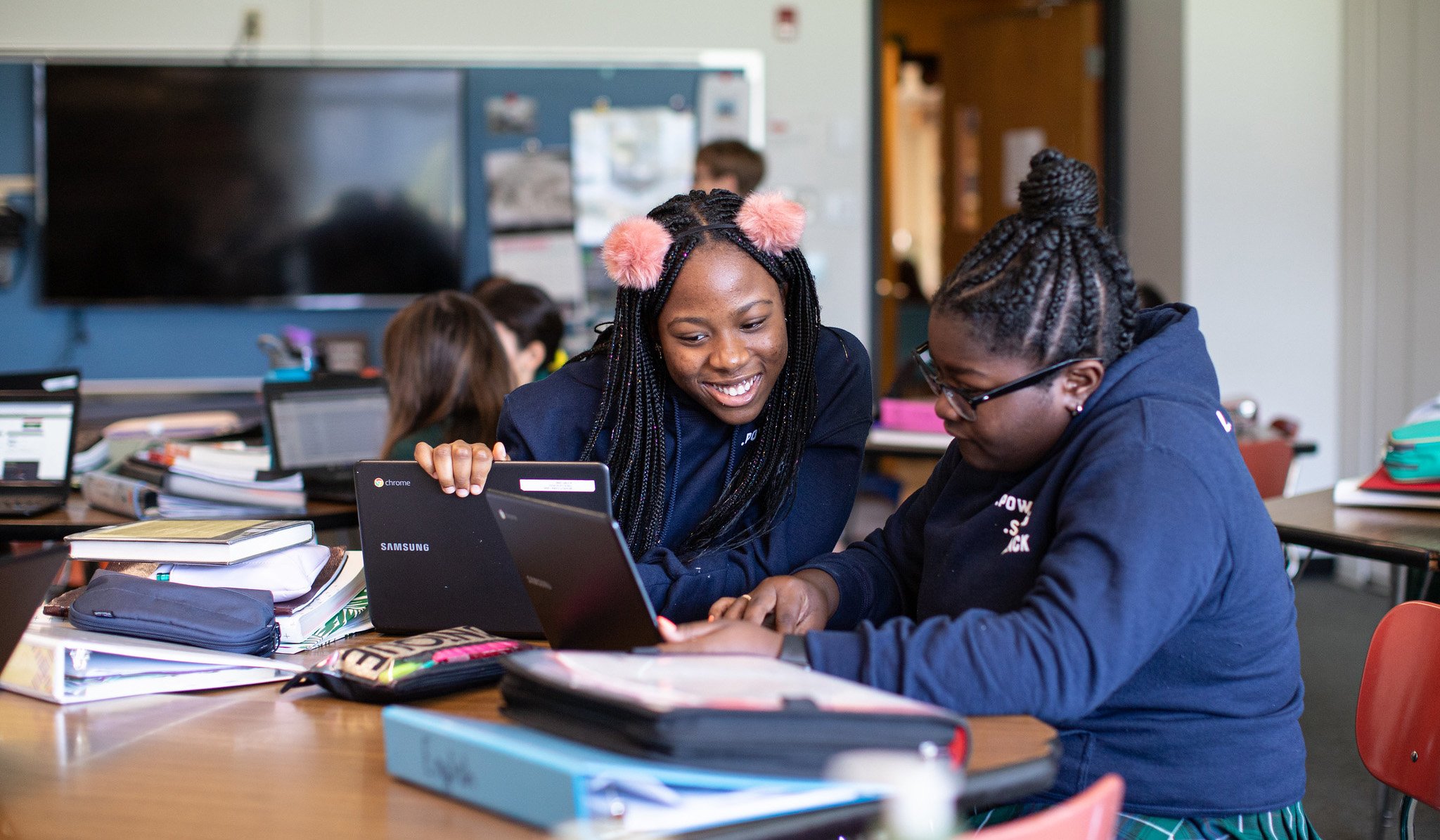 As changemakers, our girls are encouraged to find ways to impact their community. I see their coding and making skills as a fantastic tool in these endeavors. Many of our projects are framed around using technology for social good, including our grade 6 robotics unit in which students design robots to help clean up the ocean. Our Upper School students research how algorithms impact their lives such as what universities appear on the U.S. News rankings or who is eligible for housing. Then, they discuss better solutions. At every level, students are encouraged to find their voice through choice. In the Upper School classes, students are given time to work on a “passion project” in which they can apply their computer science skills to their interests. Students have designed new measuring cups to show their love of baking, taught themselves how to design 3D games, and designed robots to take mundane tasks off their hands.
As changemakers, our girls are encouraged to find ways to impact their community. I see their coding and making skills as a fantastic tool in these endeavors. Many of our projects are framed around using technology for social good, including our grade 6 robotics unit in which students design robots to help clean up the ocean. Our Upper School students research how algorithms impact their lives such as what universities appear on the U.S. News rankings or who is eligible for housing. Then, they discuss better solutions. At every level, students are encouraged to find their voice through choice. In the Upper School classes, students are given time to work on a “passion project” in which they can apply their computer science skills to their interests. Students have designed new measuring cups to show their love of baking, taught themselves how to design 3D games, and designed robots to take mundane tasks off their hands.
5. “Provide Diverse Role Models”
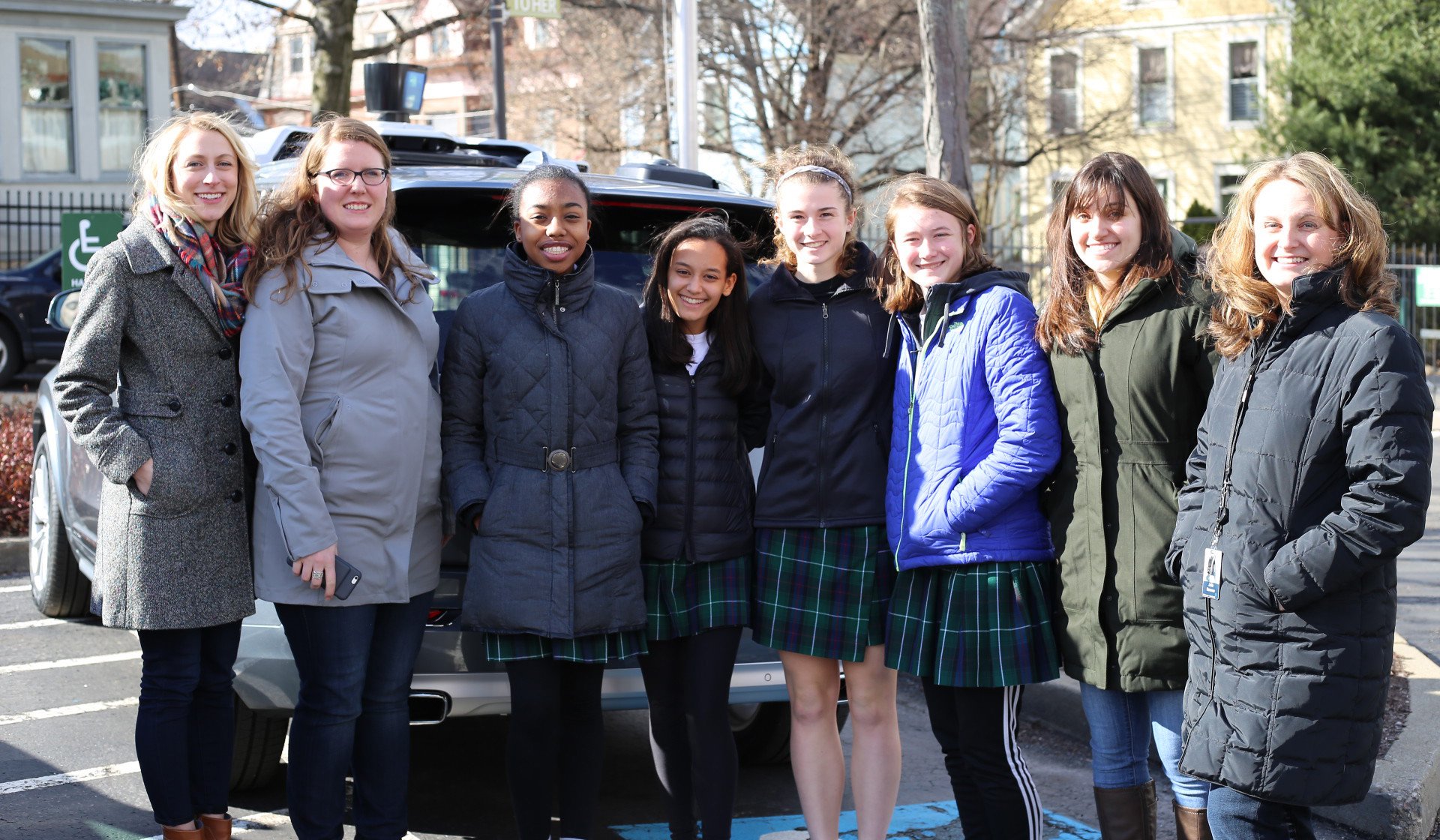
Role models are key when it comes to picturing yourself in the future. In our computer science classes, we talk about the contributions and inventions of a diverse group of innovators. We celebrate Grace Hopper’s birthday and follow Joy Buolamwini’s research. When we visit companies such as Google, Uber, and Facebook Reality Labs, we hear from females from a wide-range of backgrounds and learn about their career paths. Like our students, you may be surprised to hear that the role models they meet at these companies don’t always include a computer science major. Our classrooms display women from around the world with different stories to tell. Most importantly, Ellis girls see themselves as innovators when their work, their inspiration, and their faces are displayed in our school.
Closing the gender gap in tech won’t happen quickly, but by exposing girls to opportunities and allowing them to see the impact computer science has early on, we give them the resources to achieve in an ever-changing world.

This post was written by Michele Lombardi, Middle and Upper School Computer Science Teacher, at The Ellis School in Pittsburgh, PA.








